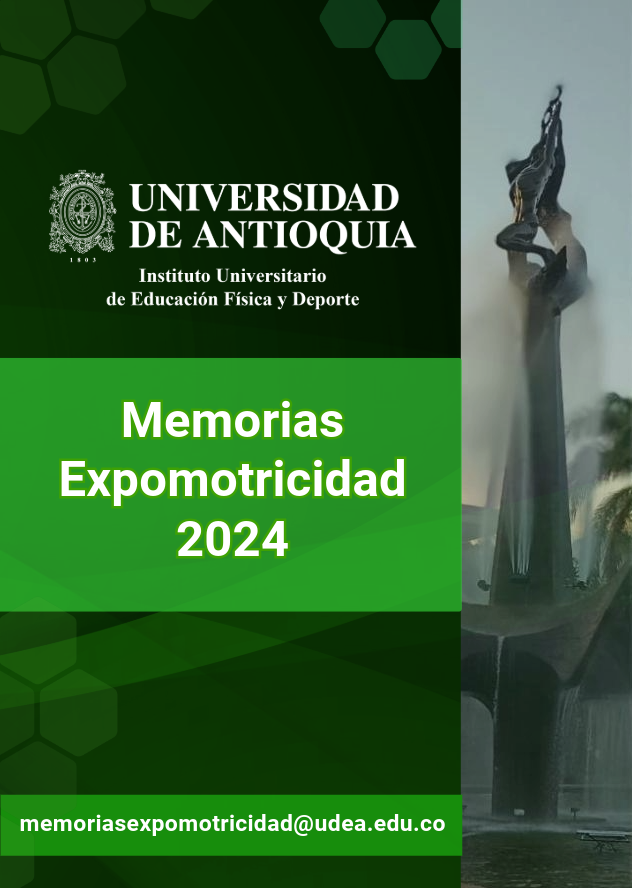Leisure among young university students at the Universidade Federal de Minas Gerais
Keywords:
well-being, academic community, higher education, leisure, cultural participationAbstract
Leisure is a cultural dimension of playful experiences with the potential to create a state of "flow" in which the individual surrenders completely to the activity. Leisure is also essential for socialization and the creation of a healthy academic community, as it can help to experience values and promote citizenship through cultural participation. In this spirit, studies of young university students address the diversity of youth groups and how they are affected by social, political, economic, and cultural issues. In Brazil, young people between the ages of 15 and 29 undergo important transitions, especially in higher education. An example of this educational environment is the Universidade Federal de Minas Gerais (UFMG), with more than 30,000 students. The aim of the research was to identify students' leisure practices at university and to understand their relationship with leisure, which is essential for balancing academic challenges. The methodology included a 14-question survey completed by 216 students of different genders, races, and social classes. The most common leisure activities were paid university parties (42.5%), university sports (43%), free parties (34.1%) and using the university sports center (41.1%). Dance classes, theater and other sports are also popular, with 29.9% of students mentioning them. In addition, 9.7% of students do not participate in any leisure activities. The results demonstrate the link between leisure time and mental health, suggesting that participation in recreational activities is crucial for students' emotional and psychological balance, reducing academic stress and promoting a healthier environment. In conclusion, the value placed on leisure by university students and the variety of activities practiced suggest that the institution should support and expand leisure opportunities, recognizing their essential role in promoting students' mental health and well-being.
Downloads
References
1. Bauman, Z. (2001). Modernidade líquida. Zahar.
2. Csikszentmihalyi, M. (1990). Flow: The Psychology of Optimal Experience. Harper & Row.
3. Esteves, L. C. G., Nunes, M. F. R., Neto, M. F., y Abramovay, M. (2005). Estar no Papel: Cartas dos Jovens do Ensino Médio. Unesco. https://unesdoc.unesco.org/ark:/48223/pf0000139885
4. Gomes, C. L. (2014). Lazer: Necessidade Humana e Dimensão da Cultura. Revista Brasileira de Estudos do Lazer, 1(1), 3-20. https://periodicos.ufmg.br/index.php/rbel/article/view/430
5. Isayama, H. F., y Gomes, C. L. (2008). O lazer e as fases da vida. En N. C. Marcellino (Org.), Lazer e Sociedade. Múltiplas Relações (pp. 155-174) 2010. Editora Alínea.
6. Stoppa, E. A., y Delgado, M. (2006). A Juventude e o Lazer. En N. C. Marcellino (Org.), Lazer e Recreação: Repertório de Atividades por Fases da Vida (pp. 65-69). Papirus Editora.
Downloads
Published
How to Cite
Issue
Section
License
Copyright (c) 2024 Namuetcha Silva Ricardo, Ana Claudia Porfirio Couto, Anna Luiza Souza Diniz

This work is licensed under a Creative Commons Attribution-NonCommercial-ShareAlike 4.0 International License.




